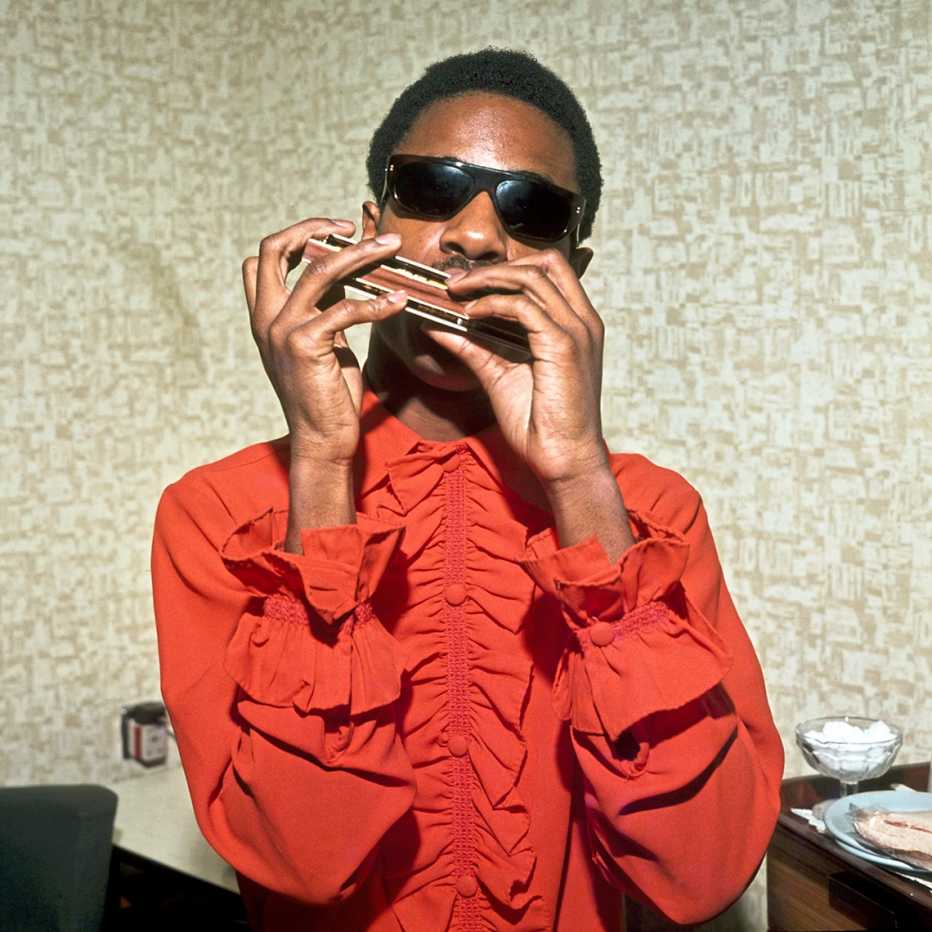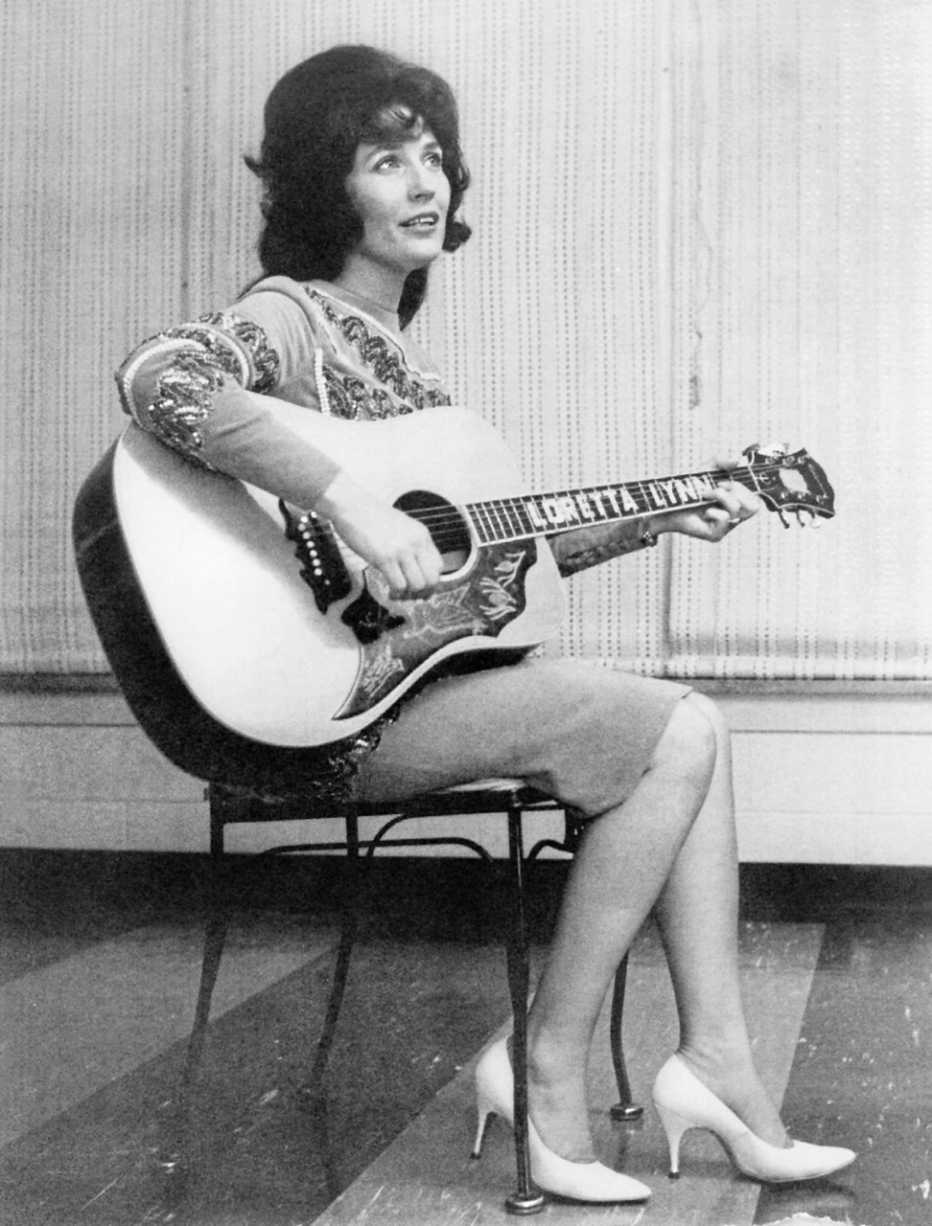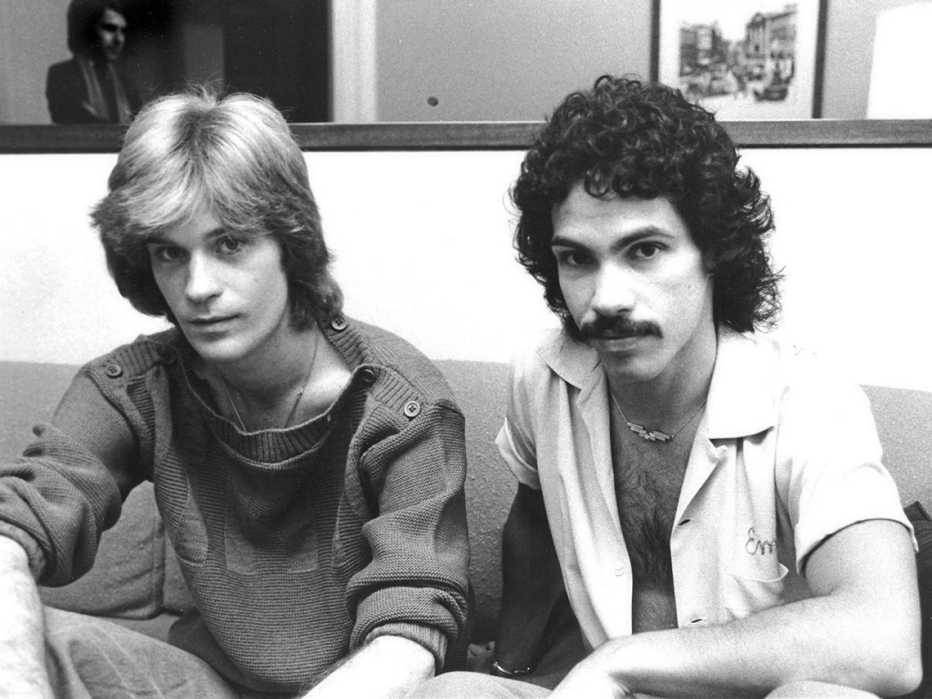AARP Hearing Center
Marc Myers,
You’ve heard these hit songs countless times; on one those listenings, you might have wondered, “Who’s that song really about?” In his two volumes of oral histories, music journalist Marc Myers interviewed singers and songwriters and got the real stories behind 100 popular tunes. Turns out they are populated with lovers, rivals, drifters and other colorful characters.
‘Love’s in Need of Love Today’
Stevie Wonder, 1976


Wonder: I wrote the song’s basic idea in late 1974 in my hotel room in New York, when Yolanda [Simmons] was pregnant with our daughter, Aisha. The concept I had in mind was that for love to be effective, it has to be fed. Love by itself is hollow. I didn’t have all the words for the song at first, only the title phrase.
To this day, I never sit down and formally write songs. They emerge from the process of listening to what I’m doing on the keyboard. I get my inspiration from experiences that can be painful or beautiful.
Life is endless, so there will forever be songs about things that happen in life. But hearing the song back in the studio hurt, because it was so emotional. When I performed it in New York recently, I broke down. I’ve seen people come and go, and live and die, cry and laugh. It all came rushing back.
‘Fist City’
Loretta Lynn, 1968


Lynn: The inspiration for “Fist City” was a girl who had moved close to our home so she could make a play for my husband, Doo [Oliver “Doolittle” Lynn]. I could see what was going on between them when I saw them together. The last straw was hearing rumors about them while I was recording in Nashville. Driving home that afternoon in my Cadillac, I was real mad and wrote “Fist City” in my head during the 75-mile trip. All I could think about was what she was doing to my family and what I wanted to say to her. The further I drove, the madder I got.
Doo and I never did talk about the song and the meaning of all the words, but I sensed he knew exactly what it was about. I’m sure the woman I had in mind knew the song was about her. After the record came out, she stayed away for a good long time.
‘She’s Gone’
Hall & Oates, 1973


John Oates: One night in Greenwich Village, I ended up at the Pink Teacup on Bleecker Street at 2 a.m. In came this gal in a pink tutu with cowboy boots but no coat. Hardly anyone was there, so we started talking. She said her name was Freddy Littlebird. Hey, it was the early ’70s.
At some point, I asked her if she wanted to get together that Sunday night on New Year’s Eve. She said yes. But on Sunday, Freddy never showed. She was gone. Bummed, I sat on the sofa strumming my acoustic guitar and started singing a folky refrain about being stood up.
I saw Freddy here and there in the Village in the months ahead. I never asked her why she didn’t show New Year’s Eve. By then, Daryl and I were touring. Talk about she’s gone — I was gone. The past didn’t matter much anymore.









































































